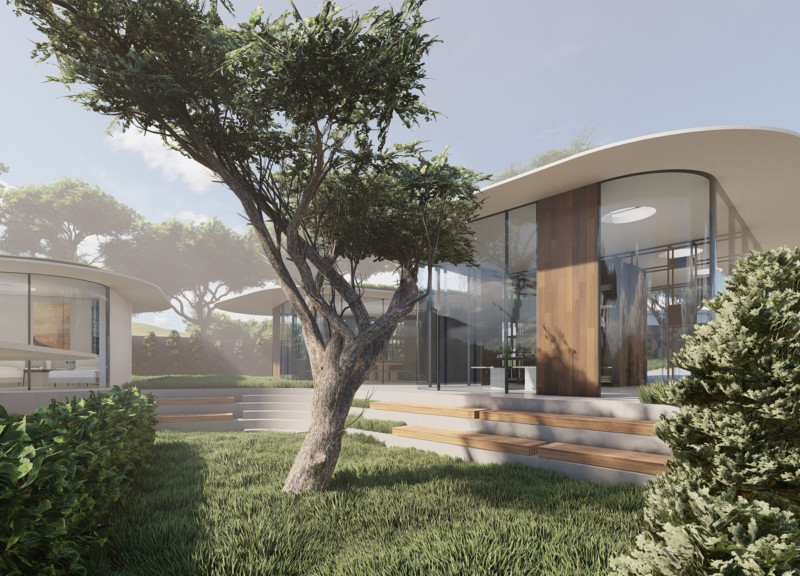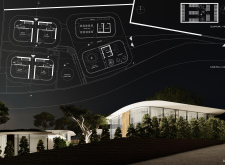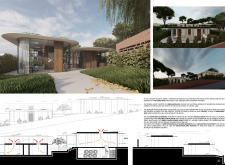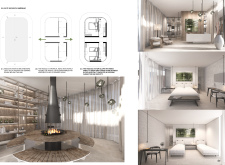5 key facts about this project
### Project Overview
Located in [Geographical Location], the project aims to create an architectural space that fosters connectivity and engagement within the local community. The design responds to its environment by incorporating elements that enhance both aesthetic appeal and functionality, ensuring that it integrates well into the existing urban fabric while addressing the needs of its users.
### Spatial Strategy
The layout of the project is carefully organized to encourage interaction among visitors. Public spaces, including [specific areas such as plazas, community rooms, or gardens], are strategically positioned to facilitate social gatherings and activities. The use of open floor plans allows for flexibility and adaptability, accommodating various functions while promoting a sense of openness and accessibility. Additionally, vertical circulation is prioritized through the inclusion of [elevators, staircases, or ramps], ensuring that all areas of the building are accessible to everyone.
### Materiality and Sustainability
Material selection plays a pivotal role in achieving both durability and environmental responsibility. The facade is primarily constructed with [describe materials such as stone, metal panels, or recycled materials], chosen not only for their resilience but also for their ability to reflect the surrounding landscape and provide thermal efficiency. The project incorporates sustainable practices, including [details such as rainwater harvesting systems, solar panels, or green roofs], which contribute to minimizing its ecological footprint while enhancing user comfort. Interior spaces benefit from the extensive use of glazing, which maximizes natural light and fosters visual connections to the exterior, thereby creating a more inviting atmosphere.
Through these design choices, the project exemplifies a commitment to sustainability while promoting an engaging and functional environment for its users.






















































